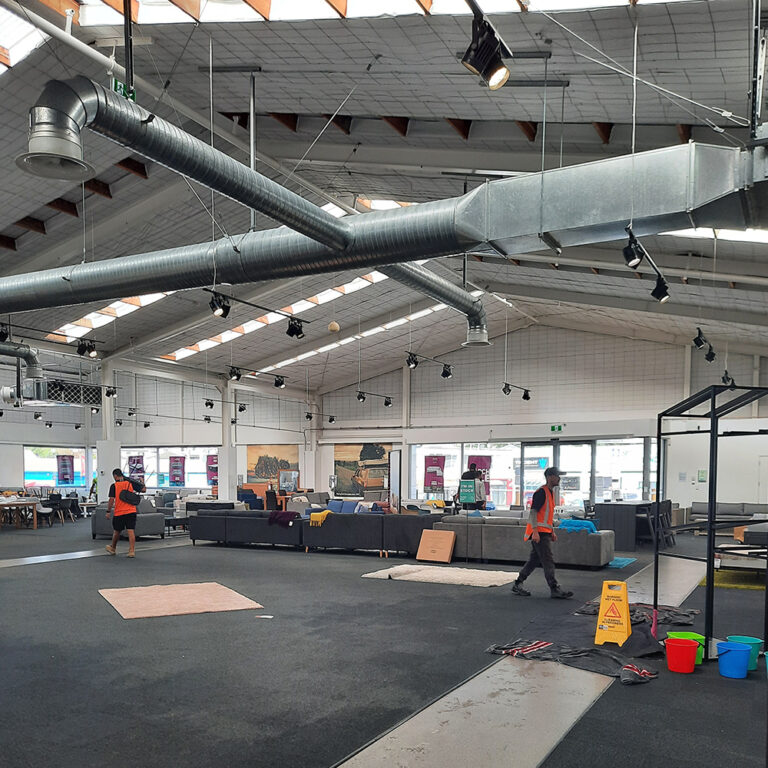Childproofing Electrical Outlets and Devices
Comprehensive Guides →
Electrical safety is a paramount concern in homes, especially for families with young children. Curious by nature, children may unknowingly expose themselves to electrical hazards. This guide offers strategies to childproof electrical outlets and devices, significantly reducing the risk of accidents.

Understanding the Risks
Strategies for Childproofing
Use Outlet Covers
Secure Power Strips
Organise and Hide Cords
Educate and Supervise
Regularly Inspect Electrical Devices and Toys
Advanced Childproofing Techniques
Install GFCI Outlets
Consider Smart Outlets
Residential
EXPLORE →
Commercial
EXPLORE →
Industrial
EXPLORE →
